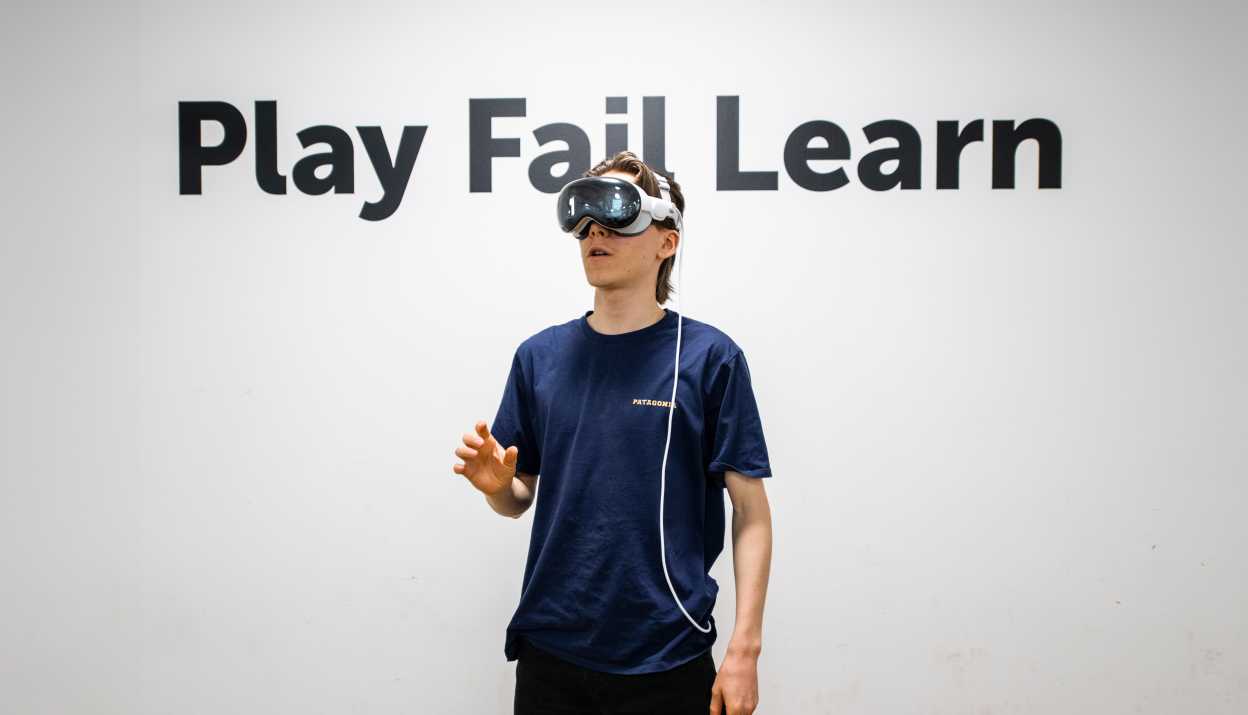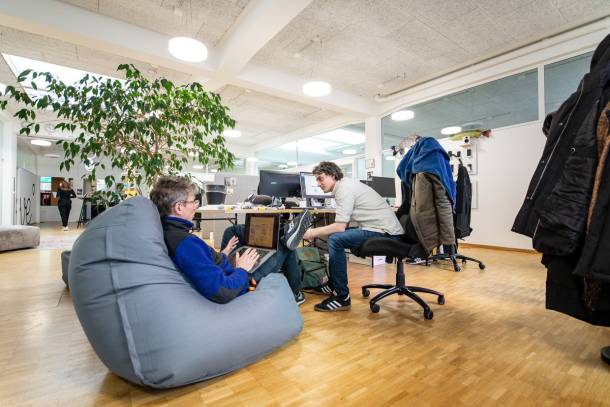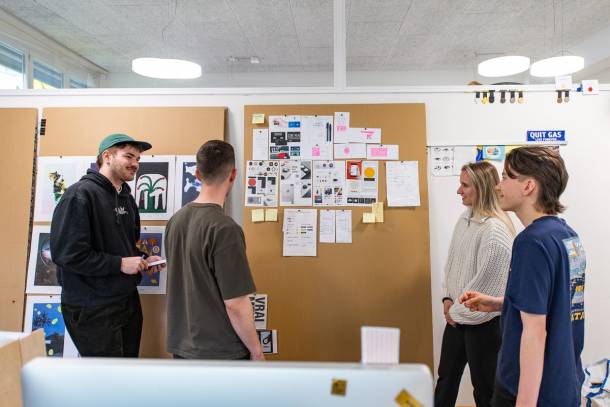The wage model in action - Interview
I asked three different companies that have already adapted and implemented the Apps with love wage model about their experiences and challenges.
Pascal Fotsch from the engineering and consultancy firm for energy efficiency, sustainability and building physics, Lemon Consult AG
Tobias Castagna from the National Cybersecurity Test Centre (NTC)
Graziella Eicher from the Zurich concert venue Moods
Till (Apps with love): Why did you decide to adopt the Apps with love pay model and how did you tailor it to your business?
Pascal (Lemon Consult): We wanted to create a clear structure in a modular system (like Lego bricks) that provides orientation and transparency about responsibilities. Employees are remunerated according to function, training, professional experience and loyalty. Apps with love had shared a valuable basis with us here.
Tobias (NTC): This is a transparent and simple model for setting wages according to objective criteria. Everyone knows which criteria are taken into account and how they are weighted. The respective wages are not disclosed, but the model used to determine them is transparent.
Graziella (Moods): The model is quite simple and easy to understand. It was tailored to our company in such a way that we put what is important at the centre. We also have to work in the evenings, so "evening work" is one of these building blocks for us. We also prioritise experience more than training, for example.
Till: What impact did the adoption and adaptation of the Apps with love salary model have on the recruitment of new employees and talent retention?
Pascal: We have much calmer situations when it comes to defining salaries. Potential candidates understand the model right from the start. In the case of large gaps, we remain consistent (even if we absolutely need someone) and instead discuss functions / roles and tasks. The model is an initial cultural compatibility test. It is either supported by potential new employees or not. The model also helps very well as a guide during employee development meetings. The necessary developments are discussed in order to reach the next function level.
Tobias: The model has been very well received. It avoids arbitrary wage setting.
Graziella: New employees have reacted very positively to the salary model. They know right from the start what they ll receive and how their salary is made up. So far, we haven't had any salary negotiations as a result. However, we have occasionally had prospective employees drop out because it didn't match their expectations and they knew that negotiating a salary was not an option.
Till: Has the introduction of the salary model had an impact on the corporate culture and employee satisfaction?
Pascal: I think that the introduction of the model reflects Lemon's values well and is therefore very well accepted by the workforce. Overall, by shifting the discussion from salary level to function/responsibility, a lot of calm and trust has been restored.
Tobias: So far there has only been positive feedback.
Graziella: Yes and no. On the one hand, pay is no longer such an issue for employees, but on the other hand, the model is criticised - and rightly so. There is still room for improvement. We also have the problem that, as a non-profit organisation, we can't pay very high wages and can't pass on any increases every year, which means that some people are still dissatisfied with the model.
Till: What challenges were encountered during implementation and how were these overcome?
Pascal: In the event of differences (original salary higher than the model yields), we have introduced freezing, i.e. no downgrading. We introduced intermediate levels in several steps and revised the salary model. This enabled us to achieve a faster development time. There was a risk that employees would not develop for too long because the pay jumps were too high.
Tobias: We don't yet know how the model will develop in the long term. Some parameters will probably need to be readjusted. Over time, certain cases will probably arise that will push the model to its limits. For example, what happens if inflation remains high for a long time? Or what happens if a lateral entrant is hired who is a top professional but cannot be modelled correctly. He can do everything that is required, but lacks the formal training and further education to do so. However, we are convinced that such cases can also be solved.
Graziella: When we introduced the salary model, it turned out that some employees were earning more before the salary model was introduced than they were classified under the new model. So we had to make pay cuts when we introduced the new salary model. If the amount was not so high, we froze the salary. Neither of these went down well with those affected, and there were also redundancies as a result.
Till: Why was it decided to scrutinise the existing pay system and look for a new model?
Pascal: The lived model was very situational (strong need for reinforcement resulted in high salaries) and too individualised (depending on who was leading the conversations). The main aim was to create clarity, comprehensibility, simplicity and reference to roles and responsibilities. We also wanted to close the gender gap that had unconsciously developed over the years.
Tobias: The model was introduced when we first recruited staff, so there was no need to replace an old model. It was important for us to have a transparent system right from the start to avoid pay inequalities. Without such a model, it is difficult to ensure fair wages throughout the organisation in the long term.
Till: Where do you see the benefits for employees and for the company?
Pascal: Clear position, easy to understand, modularly expandable and developable, flexible - in other words, "Lemon like".
Tobias: Fair and clear criteria that make arbitrary wage negotiations superfluous.
Graziella: The employees know very clearly what they ll receive, how they can earn more or what a reduction would mean for them financially. They may find it bad or good, but they can understand it and also be sure that everyone is categorised equally and that no one has more advantages or earns more just like that.

















